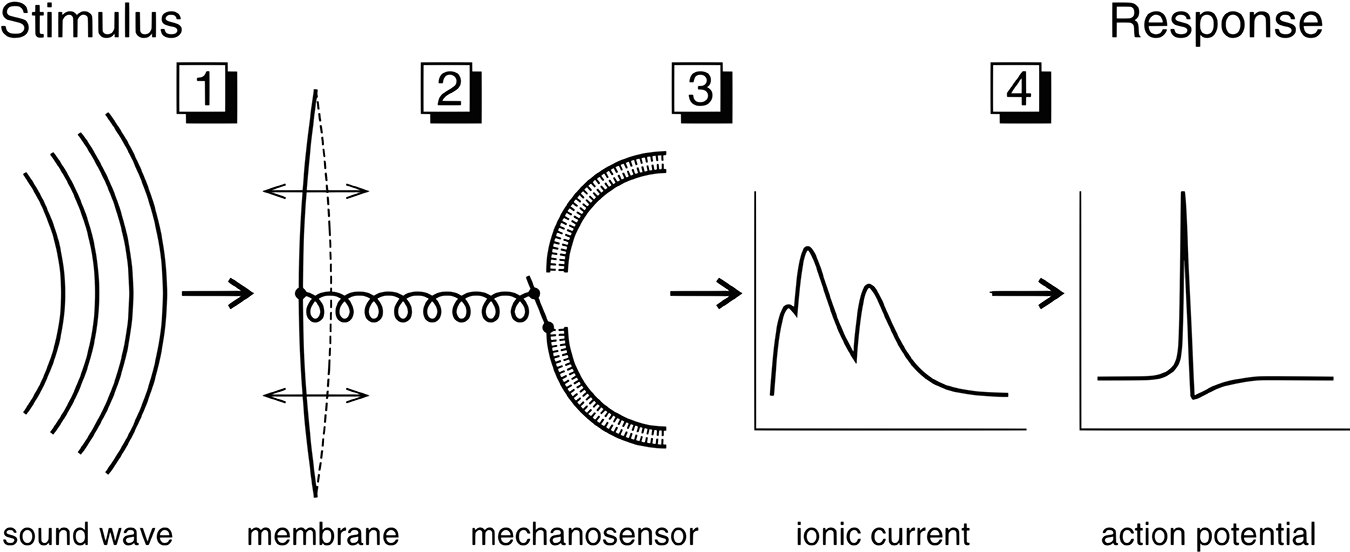Protocol
1. Record - with a phone, laptop, or a digital recorder - 10 minutes of any lecture you're attending.
2. With the help of editing software (such as Audacity [open source]), remove all spoken words from the file. Coughs, laughs, mumbling, etc., may be left.
3. Give the file a title that tells what the lecture was about and submit your manipulated recording.
Tutorial
*For full screen mode, press play and then click the YouTube button on the bottom right.
Processing Code
(defun cosine (freq)
(abs-env (hzosc (snd-pwl 0 *sr* (list 0 freq (1- *fr*)freq *fr*)) *table* -90)))
(setf snd (send class :new '(sound)))
(send snd :answer :isnew '(snd) '((setq sound snd)))
(send snd :answer :next '() '(
(let ((temp (snd-fft sound *fr* *hp* *win*)))
(if temp
(snd-samples (mult *phase* (snd-from-array 0 *sr* temp)) ny:all)))))
(defun scramble (sig)
(snd-ifft 0 *sr* (send snd :new sig) *hp* *win*))
;;; Globals
(psetq *sr* *sound-srate* *fr* 16384 *hp* 8192)
(setf *phase* (cosine (/ *sr* 2.0)))
(setf *win* (s-sqrt (sum 0.5 (mult 0.5 (cosine (/ *sr* *fr*))))))
(multichan-expand #'scramble s)
Background
This protocol explores sounds and silences as educational media, focusing specifically
on the educational aspects of sound recording.
In education, sound recordings may be used to support or replace note-taking, to verify what was said during class, or, in case the listener was not present in the lecture, to distribute teaching beyond the confinements of the physical classroom. In other words, they function as tools of remembrance and distribution - two activities that have close ties to the history of education. Recordings are also political. In the U.S., some conservative groups encourage students to record their ‘liberal' professors in order to ‘expose' their ideological basis.
However, speech is but one sound of education. The other sounds - the sound of the room, of the furniture, of bodies moving and acting - constitutes the very milieu, a soundscape, where education takes place. How, then, to remember and distribute this milieu? What could we learn from it, what would it mean to study it?
Protocol Working Group
Sebastian Schlecht, Ph.D., Department of Signal Processing and Acoustics, School of Electrical Engineering
/ Department of Media, School of Arts, Design and Architecture, Aalto University,
Finland
Tomi Slotte Dufva, D.A., Department of Art, School of Arts, Design and Architecture, Aalto University, Finland
Taneli Tuovinen, D.A., Department of Art, School of Arts, Design and Architecture, Aalto University, Finland
Juuso Tervo, Ph.D., University-Wide Art Studies, School of Arts, Design and Architecture, Aalto University, Finland
Annika Sohlman, MA, Doctoral Candidate, Department of Art, School of Arts, Design and Architecture, Aalto University, Finland
Submitted Content
Gina Cruz — Voice Taken Out of ASU Advisor Lecture
This is a lecture I attended while I was in high school about how to set up things
related to getting into ASU such as financial aid, majors, orientation, etc. An academic
advisor came to my school and set up an informational lecture for people who had gotten
accepted into ASU. This lecture is full of useful information about how to apply for
scholarships, how to choose a major for college, what housing is like, and when to
attend freshman orientation. It was interesting listening to it now that I am already
attending ASU. Time flies.


Comments
Connecting World Event to your Curriculum
Voice Removed from ASU Art History Lecture
Art of Body and Representation
Art now guest speaker
AZ and US Social Studies Online Lecture